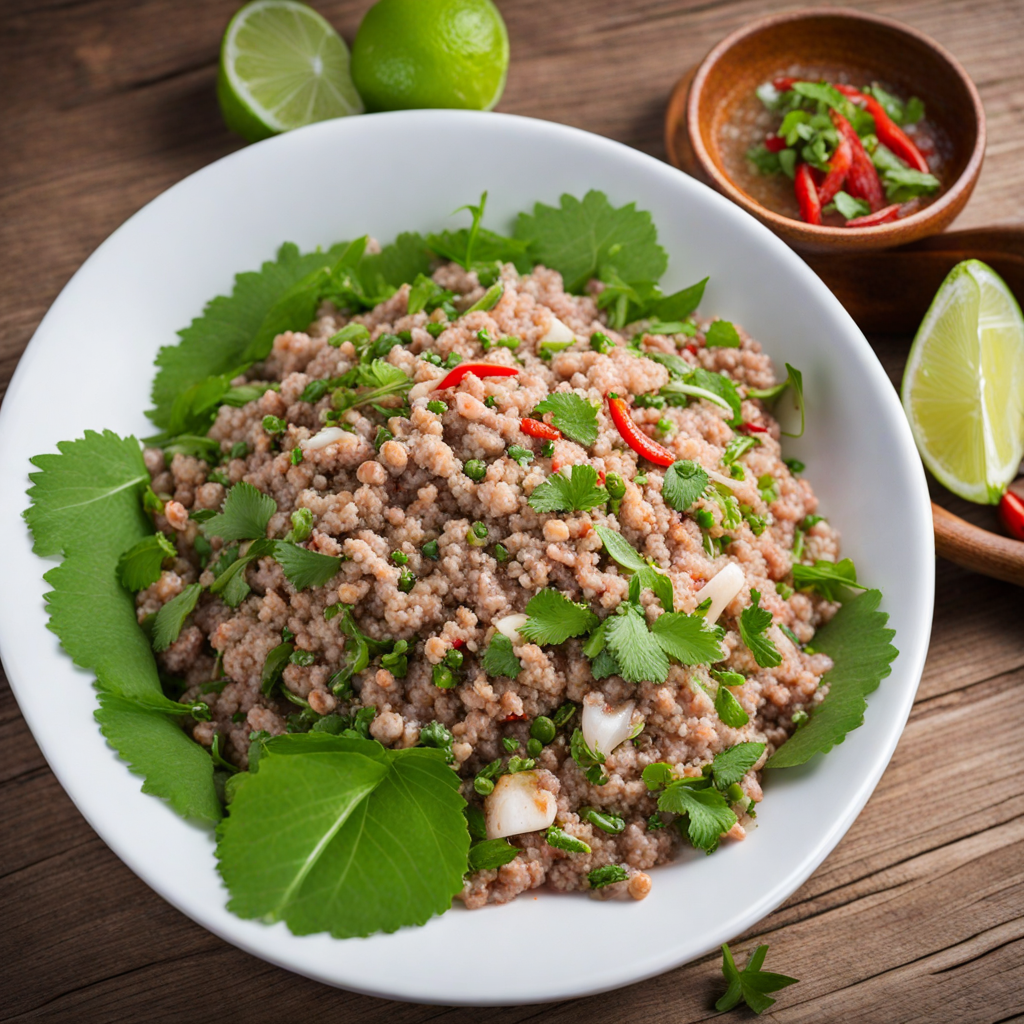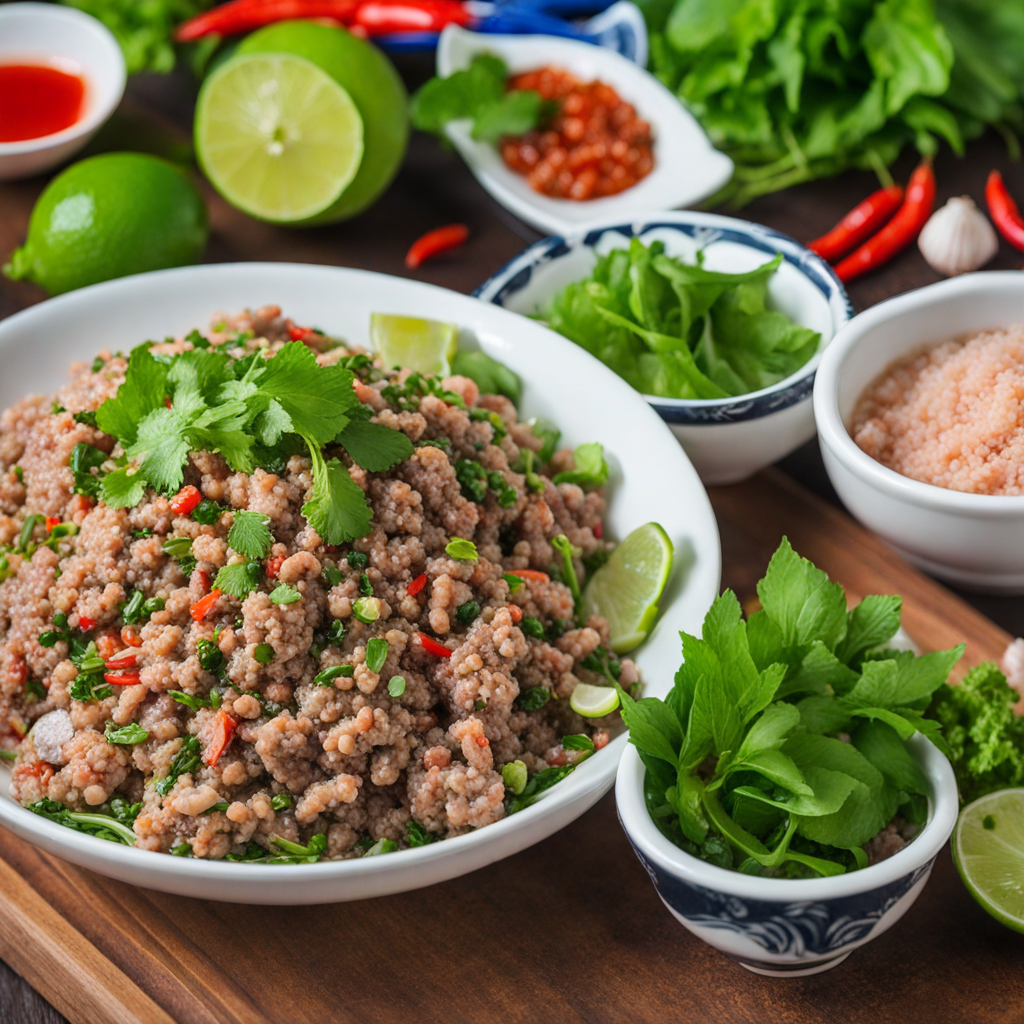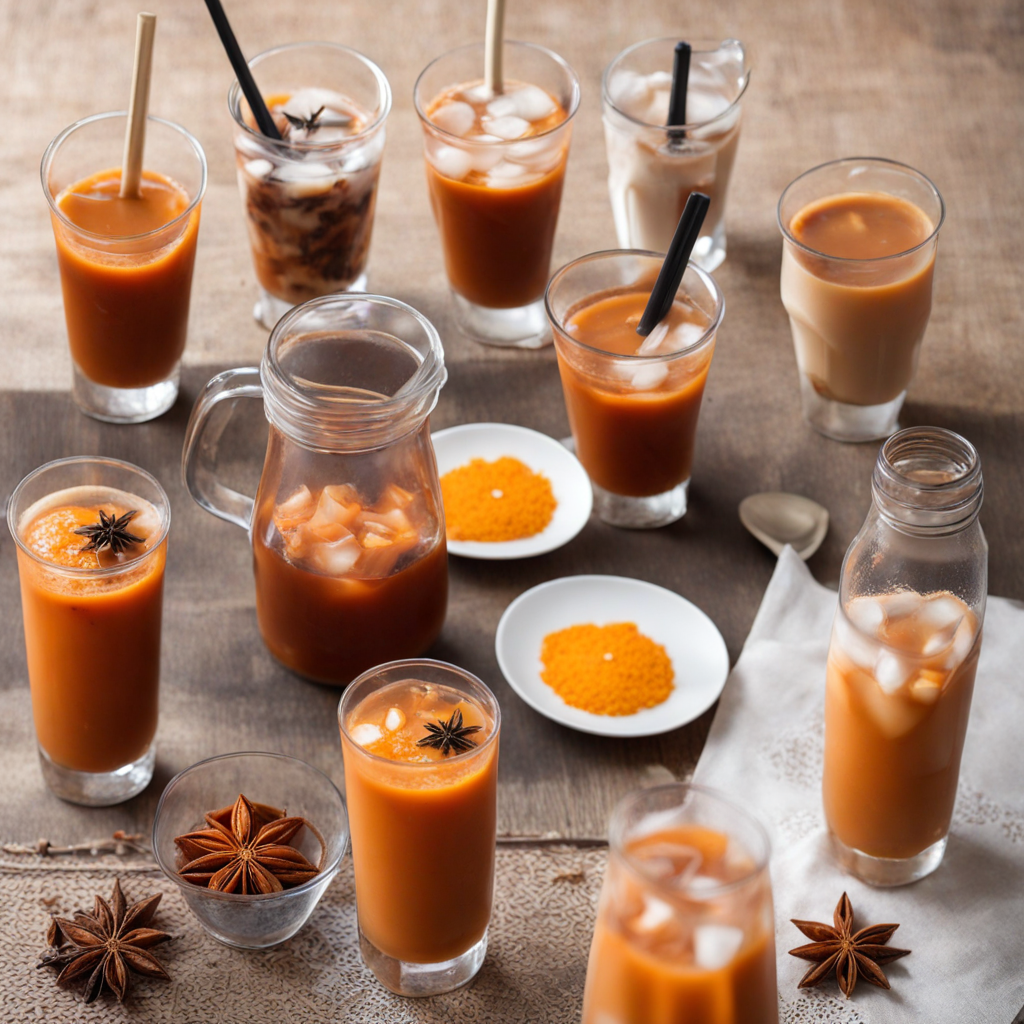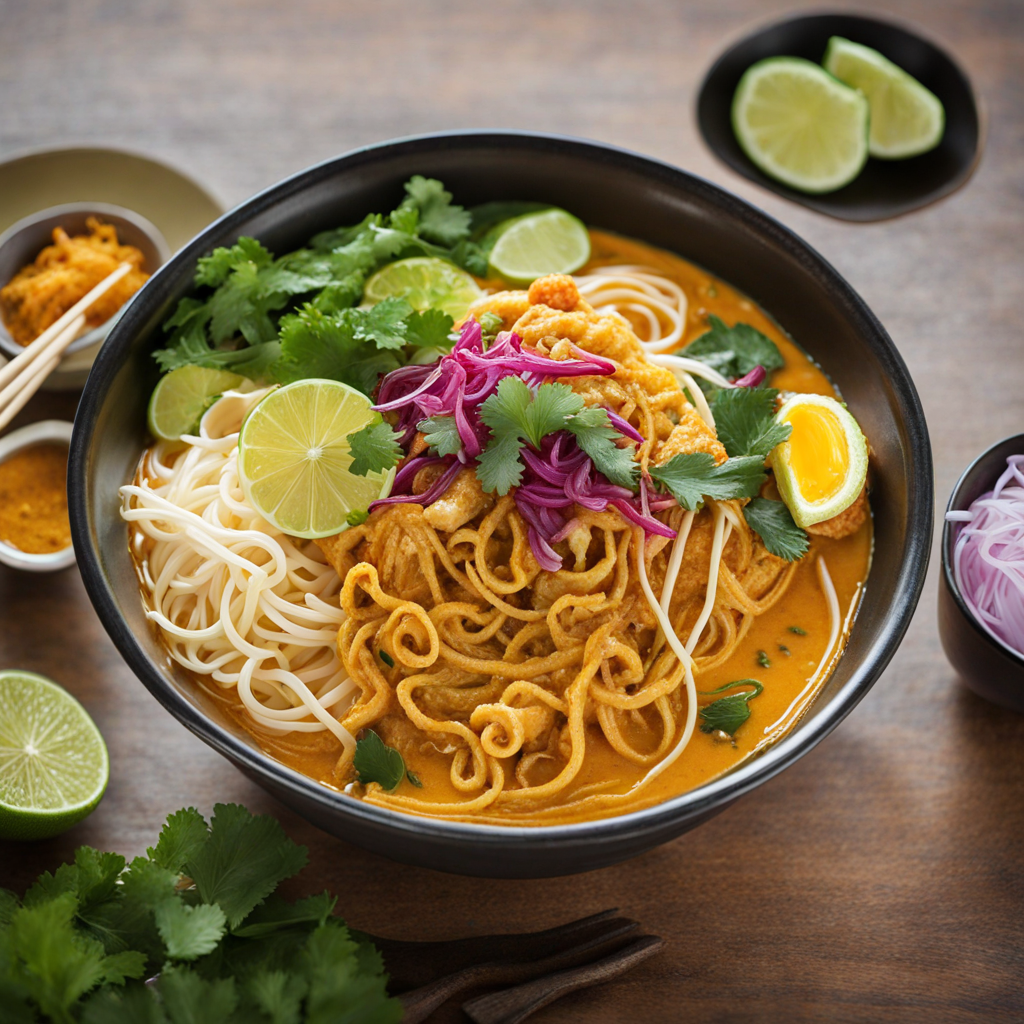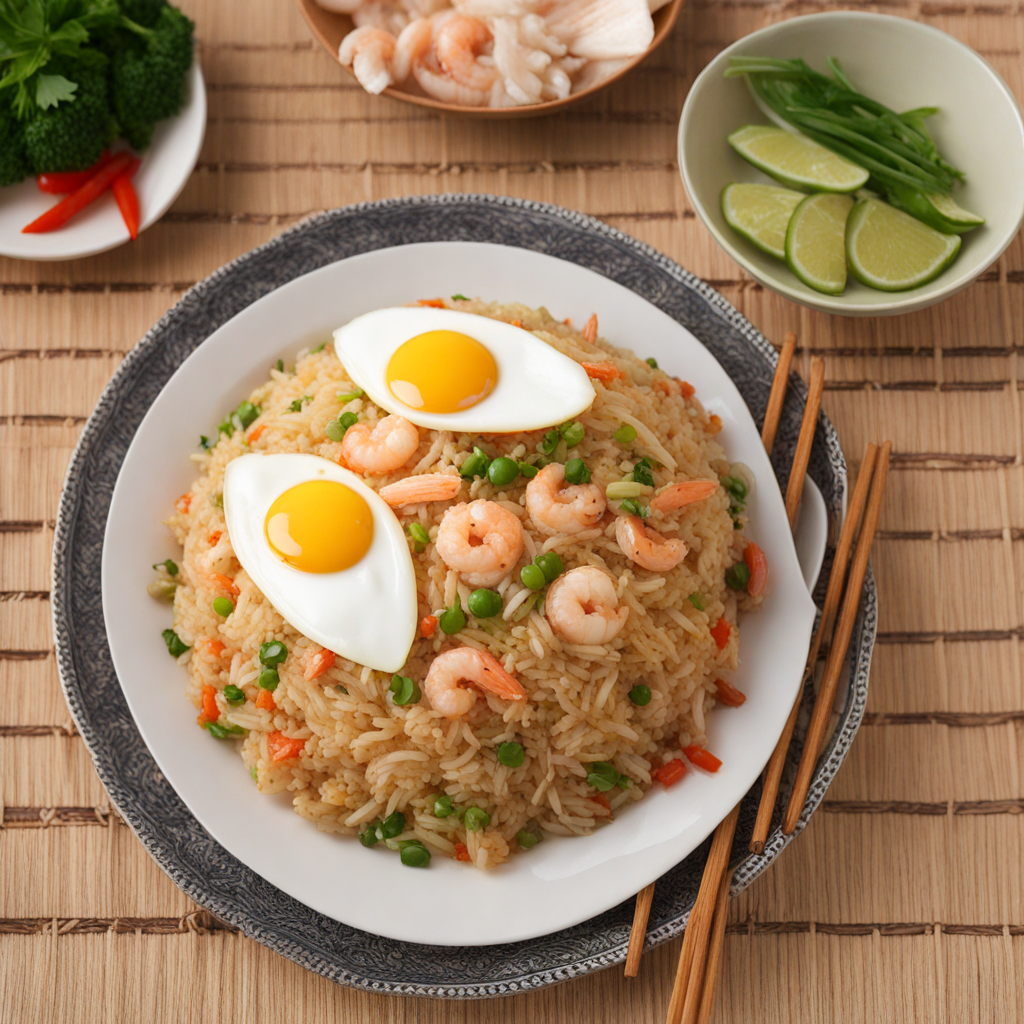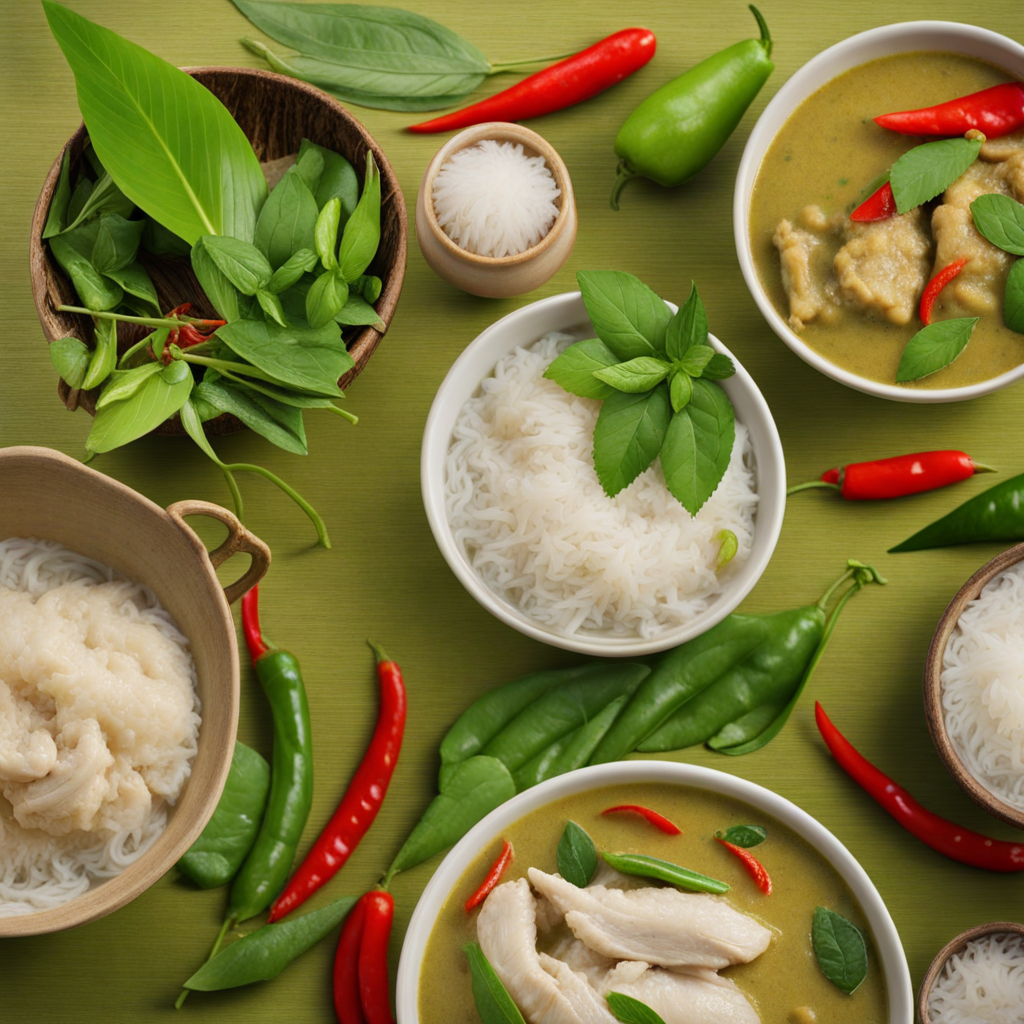Larb
Larb, a vibrant and aromatic dish hailing from Thailand, is a traditional meat salad that encapsulates the bold flavors of the region. Typically made with minced meat—most commonly chicken, pork, or beef—larb is elevated by a blend of fresh herbs and spices. The dish is seasoned with fish sauce, lime juice, and ground toasted rice, which adds a unique nutty flavor and a delightful crunch. The balance of salty, sour, and spicy notes creates a harmonious explosion of taste that dances on the palate, making each bite an exciting experience.
How It Became This Dish
The History of Larb: A Culinary Gem from Thailand Larb, also known as “larb” or “laap,” is a traditional dish hailing from Thailand that embodies the rich tapestry of the country’s culinary heritage. This vibrant and flavorful dish, often referred to as a meat salad, has deep roots in the northeastern region of Thailand, known as Isan, and it plays an essential role in both the cultural and social fabric of Thai society. Origins The origins of larb can be traced back to the ethnic Lao people who inhabit the northeastern provinces of Thailand, particularly in areas bordering Laos. The dish is believed to have emerged as a way to utilize and preserve leftover meats, especially during the agricultural harvest season when livestock was abundant, yet food preservation methods were rudimentary. Traditionally, larb was made with minced meat—commonly chicken, beef, pork, or duck—combined with fresh herbs, spices, and a distinctive blend of lime juice and fish sauce. The name "larb" itself is derived from the Lao word "laap," which means "to be happy" or "to be blessed." This etymological connection highlights the dish's cultural significance; it is often served during celebrations, festivals, and important family gatherings, symbolizing prosperity and good fortune. Over time, larb evolved into a staple not only within Isan but also throughout Thailand, becoming a beloved dish among various ethnic communities. Ingredients and Preparation Larb is characterized by its unique combination of ingredients that create a symphony of flavors and textures. The key components typically include minced meat, toasted rice powder, fresh herbs (such as mint and cilantro), lime juice, fish sauce, and chili flakes. The use of toasted rice powder adds a nutty flavor and slight crunch, while the fresh herbs lend brightness and aroma. The preparation of larb is often a communal activity, reflecting the social aspect of Thai dining culture. Family and friends gather to prepare the dish together, reinforcing bonds and sharing stories. The process usually involves cooking the meat—either by boiling or grilling—before finely chopping it and mixing it with the other ingredients. The result is a dish that is both refreshing and satisfying, often served with sticky rice and fresh vegetables like cucumber and cabbage for added texture. Cultural Significance Larb is much more than just a dish; it holds profound cultural significance in Thai society. In Isan, it is often associated with communal meals, where families and friends come together to share food in a spirit of unity and kinship. The dish is also a quintessential part of traditional Thai celebrations, often featured prominently during festivals such as Songkran (the Thai New Year) and weddings, where it symbolizes happiness and togetherness. Moreover, larb reflects the agricultural lifestyle of the Isan people. The use of fresh herbs and local ingredients showcases the region’s agricultural bounty. It embodies the principle of "farm-to-table," as many families grow their own herbs and vegetables in backyard gardens. In this way, larb serves as a reminder of the connection between food, land, and community. Evolution and Modern Adaptations As Thai cuisine gained international recognition in the late 20th century, larb began to evolve and adapt to new culinary landscapes. While traditional recipes remain beloved, modern interpretations have emerged to cater to diverse tastes and dietary preferences. For instance, vegetarian and vegan versions of larb have become popular, utilizing ingredients like tofu or mushrooms as substitutes for meat, while still maintaining the dish's signature flavors through the use of herbs and spices. In urban centers like Bangkok, larb has found its way into upscale restaurants and fusion cuisine, where chefs experiment with presentation and ingredient combinations. Some establishments offer gourmet versions of larb, incorporating elements like quail eggs or exotic herbs, while still respecting the essence of the dish. This evolution reflects the dynamic nature of Thai cuisine, which embraces creativity while honoring tradition. The rise of food tourism in Thailand has also played a significant role in popularizing larb beyond its regional origins. Visitors flock to Isan to experience the authentic flavors of the region, often seeking out local eateries where they can savor freshly made larb in a traditional setting. This has led to a renewed appreciation for the dish, as both locals and tourists recognize its cultural importance and culinary appeal. Larb in Popular Culture Larb has also found its place in popular culture, often featured in Thai cooking shows, food blogs, and culinary competitions. Chefs and home cooks alike showcase their unique takes on the dish, sharing family recipes and personal stories that further enrich its narrative. This cultural exchange has created a sense of nostalgia and pride, as many Thai people reminisce about family gatherings centered around larb. Moreover, the dish has transcended borders, inspiring international chefs to incorporate its flavors into their own creations. Larb-inspired dishes can be found in restaurants around the world, often blending traditional elements with local ingredients. This globalization of larb not only highlights its versatility but also reinforces the idea that food serves as a bridge between cultures, fostering understanding and appreciation. Conclusion Larb stands as a testament to the richness of Thai culinary traditions, encapsulating the essence of community, culture, and flavor. From its humble beginnings in the northeastern region of Thailand to its recognition on the global stage, larb has evolved while remaining deeply rooted in its origins. As it continues to adapt and inspire new generations of cooks and diners, larb will undoubtedly retain its significance as a symbol of happiness, togetherness, and the vibrant spirit of Thai cuisine. Whether enjoyed in a bustling market, a family gathering, or an upscale restaurant, larb remains a beloved dish that tells a story of culture, community, and the joy of sharing good food.
You may like
Discover local flavors from Thailand


